A history of type...
- History of type
- Six main classifications of type
- Famous typefaces and their related connotations
- Metalinguistic function of typography
- Kerning and x-heights
Decisions effect the connotations of what is being said
Visual Communication and verbal communication - Typography exists at the interception of the two
Typography at the interception of writing and interception of verbal and visual there is a form of meta-communication, paralinguistics and kinesics.
Language is an organised way of communication
A word has a linguistic function and communicates something in a language but typography can also effect the way we read that language, the speed we read the language and the rhythm we read the language.
Do I look fat in this paragraph?
Type Classifications
- Humanist
- Old style
- Transitional
- Modern
- Slab serif (Egyptian
- Sans serif
Late age of print
'Late age of print' began around 1450
The Gutenberg printing press was invented in 1450
For the first time the print of word is widely available to a mass audience
The previous 400 years nothing happened
A lot of our alphabet comes from the Romans
The reason we have serifs is because letters were originally chiseled out of stone
One of the first typefaces was called Gutenberg Gothic Script 1450
Based on medieval script handwriting
Humanist typefaces were supposed to reflect handwriting but they had a greater kind of elegance
The painter and the designer Geofroy Tory believed that the proportions of the alphabet should reflect the ideal human form. He wrote, "the cross stroke covers the man's organ of generation, to signify that Modesty and Chastity are required before else, in those who seek..."
Human typefaces have been redesigned to suit contemporary tastes
15th century - Venice
All of the fonts that were produced we start to call old style
Further move away from script
Move towards rational logic
Slanted ascender has gone horizontal
A lot of the fonts were based on the old style fonts from Venice
- Palatino
- Garamond
- Perpetua
- Goudy Old Style
In the mid 18th century
A really famous typographer called Wilian Caslon
The difference between Baskerville and Caslon's - The ultra thiness of Baskerville's serif
A gradual move away from Humanist to Transitional with Old Style inbetween as a development
Modern Typefaces (Didones)
- Attributed to Firmin Didot 1974 (French typographer)
- The most well known is called Bodoni
- Didone - No attempt to look like handwriting
- Didone is often used in fashion - Style, sophistication and glamour
- It has become the accepted language of fashion
Slab Serif/Egyptian - 1800's
- It doesn't actually look like the Egyptian type
- Designed to be fonts that can be plastered on billboards
- They are gauche
- They are brash
- Market traiders
- Fat Face is an inflated, hyper-cold type style developed in the early nineteeth century. It is Bedoni on steroids
- Modernist sans-serif typefaces aim to be a neutral conveyer of meaning. International, design a language for all, modern, progressive
Helvetica bold - Modernist font you can't go wrong with or could be perceived as bland
David Carson - Grunge type
Blackletter typeface called Bastard is to be used by corporate wankers



















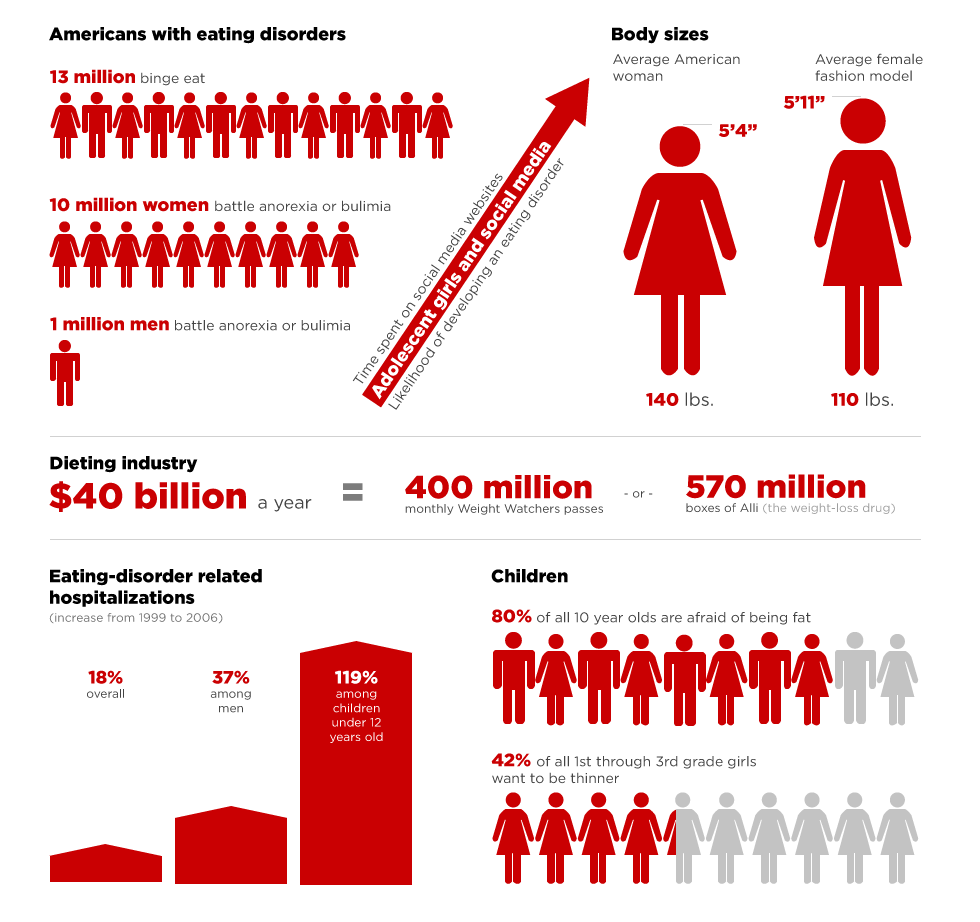
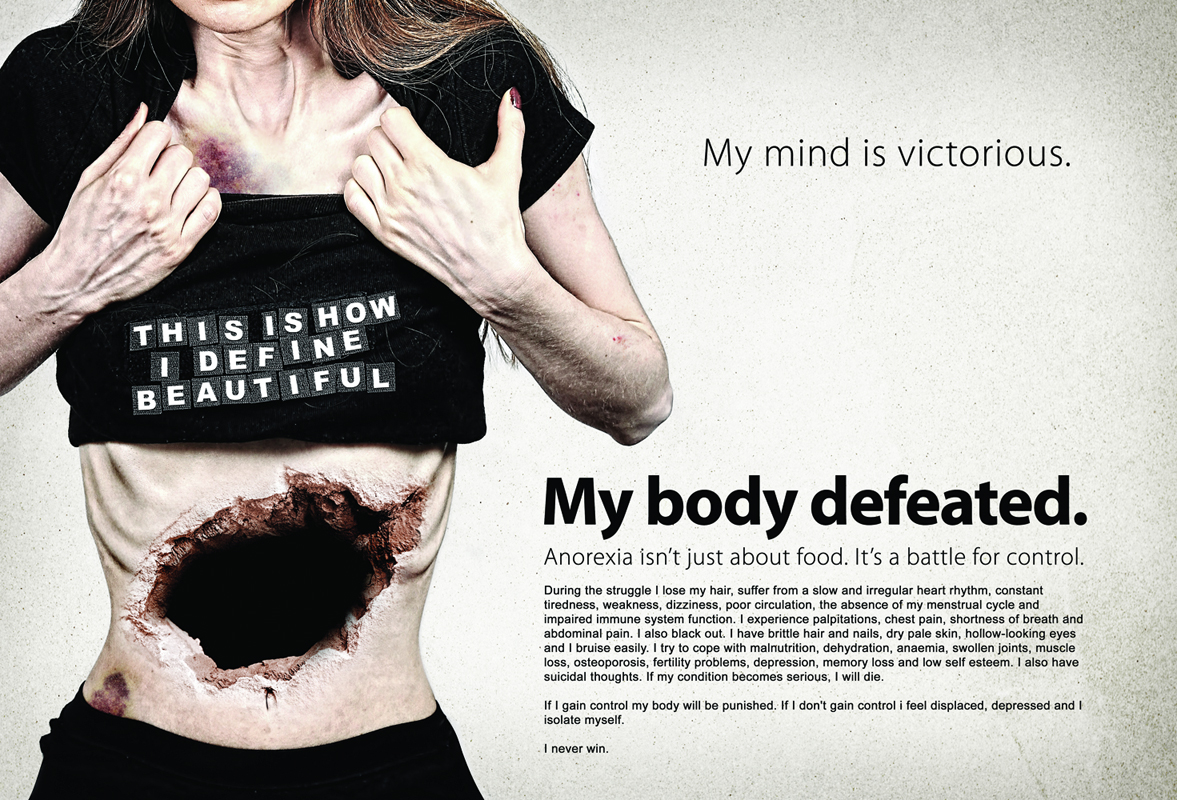



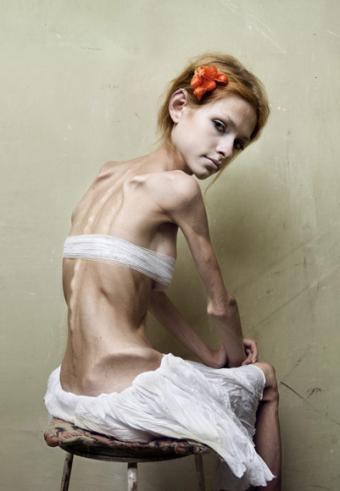












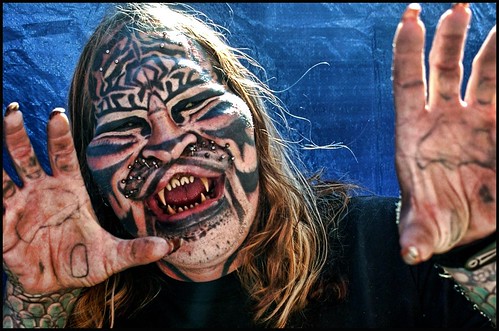







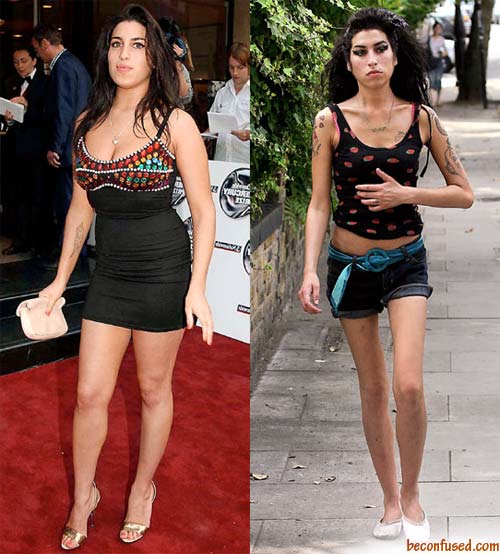



























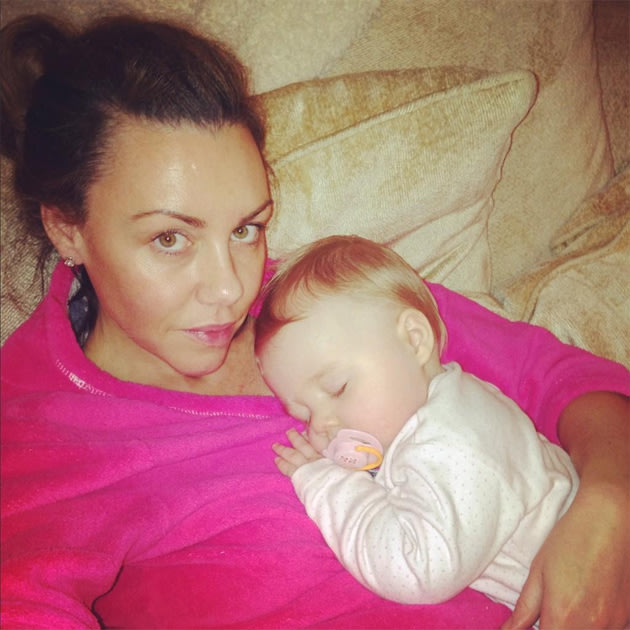
![Michelle Heaton and baby Faith shortly after her operation. Copyright [Michelle Heaton] Michelle Heaton and baby Faith](http://l1.yimg.com/bt/api/res/1.2/DrWvXCwxyFeRYRtH5qZTww--/YXBwaWQ9eW5ld3M7cT04NTt3PTYzMA--/http://media.zenfs.com/en-GB/blogs/the-juice/michelle-heaton-after-double-mastectomy.jpg)

